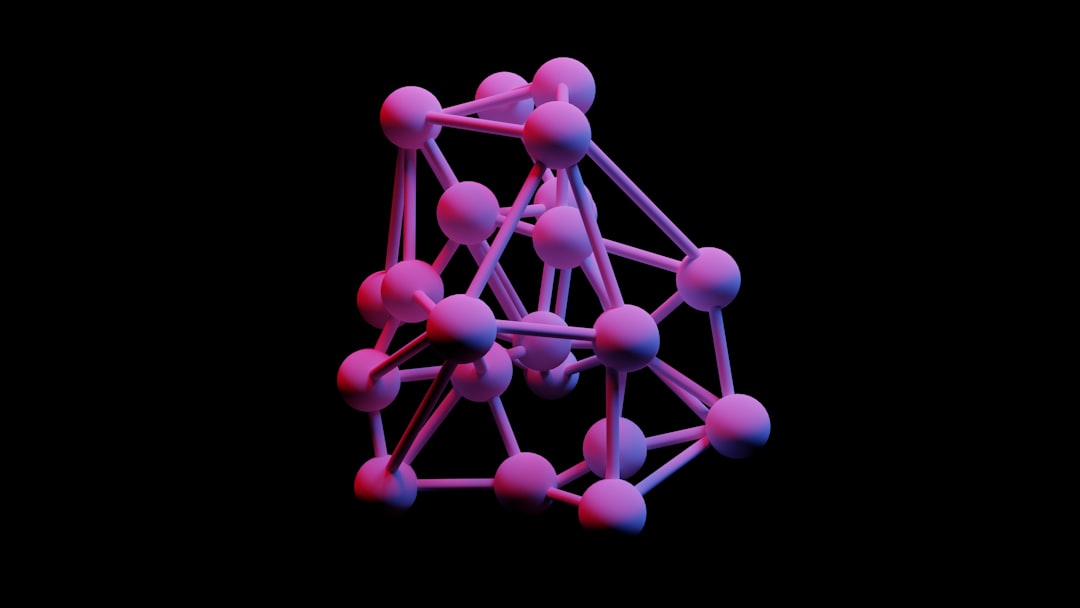What is it about?
As an analytic tool in medicine, particularly in radiology, deep learning is gaining much attention and opening a new way for disease diagnosis. Nonetheless, it is rather challenging to acquire large scale detailed labelled datasets in the field of medical imaging. In fact, transfer learning provides a possible way to resolve this issue to a certain extent such that the parameter learning of a neural network starts with its pre-trained weights learned from a large scale dataset of certain similar task, and fine-tunes on a small comprehensively annotated dataset for the particular target task. The main aim of this study is to apply the deep learning model to detect the synovial fluid of human knee joint from magnetic resonance (MR) images. A specialized convolutional neural network (CNN) architecture is proposed for automated detection of human knee joint’s synovial fluid. Two independent datasets are used in the training and evaluation of the proposed model: Shanghai Key Laboratory of Orthopaedic Implants dataset is used for the training purpose, while PC Hospital Liaoning dataset is used for the development and testing. It is demonstrated by the experimental results that the proposed model obtains high sensitivity, specificity, precision and accuracy to the detection of human knee joint’s synovial fluid. As a result, this proposed approach provides a novel and feasible way for automating and expediting the synovial fluid analysis.
Featured Image

Photo by Chris Ried on Unsplash
Why is it important?
A deep learning-based method for automatic detection of synovial fluid from MR images of human knee joint has been proposed in this research paper. The specialized deep CNN architecture is designed for the complicated synovial fluid detection task and the transfer learning is implemented from the pre-trained weights of COCO dataset. The experimental results demonstrate that the proposed deep learning approach with transfer learning mechanism can detect the synovial fluid of human knee joint with high accuracy. While these results are encouraging, further validation and improvement are still necessary before it can be entirely executed in medical practice.
Perspectives
I hope this research article is interesting for the readers especially for the deep learning community.
Mr Imran Iqbal
Peking University
Read the Original
This page is a summary of: Deep learning based automated detection of human knee joint’s synovial fluid from magnetic resonance images with transfer learning, IET Image Processing, May 2020, the Institution of Engineering and Technology (the IET),
DOI: 10.1049/iet-ipr.2019.1646.
You can read the full text:
Resources
Contributors
The following have contributed to this page










